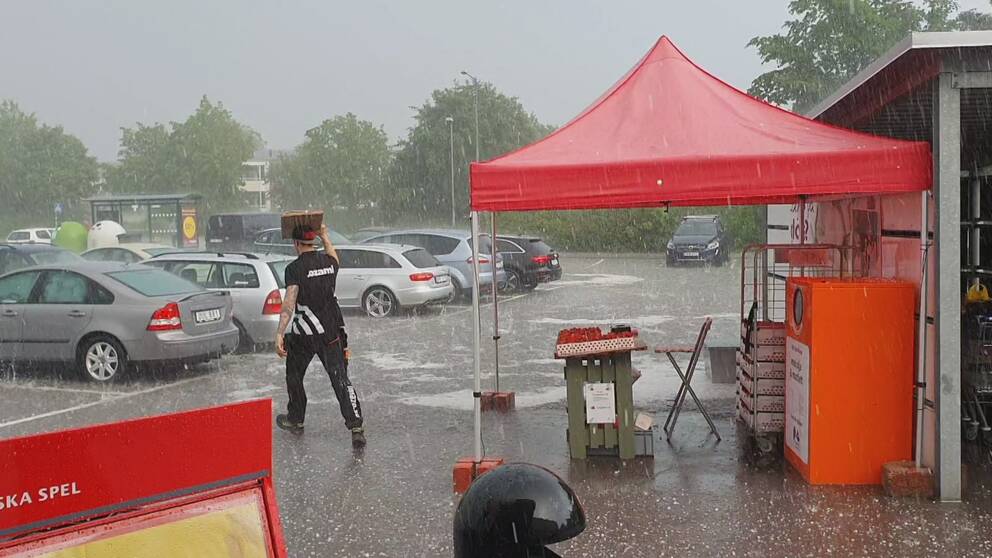It was on June 19 this year that the hail weather hit the Lidköping area and now the trade organization Svensk Försäkring has compiled the extent of the damage. It shows that almost 7,000 injuries were reported to the insurance companies.
- Calculations made show that the damage cost amounts to approximately SEK 100 million, says Anna Rudérus, press officer at Swedish Insurance to SVT News West.
According to her, hail weather in recent years has resulted in large costs for insurance companies in other parts of Europe. In the summer several large hail showers occurred over Germany.
More extreme weather- There is concern that climate change will mean that we will see more extreme weather that leads to major damage.
According to the industry organization, they have noticed in Germany that hail is becoming more common even further north in the country.
- As a result of climate change with higher temperatures and more extensive rainfall that carries hail, we can expect an increase in hail damage even in Sweden, says Staffan Moberg at Swedish Insurance.
Who gets to pay in the end?
- Ultimately, it is the policyholders when the damage costs increase. But the whole idea of insurance is that you collect the insurance costs collectively, so that doesn't automatically mean you get a higher insurance premium. There are preparedness for such events at the insurance companies so that a single hail weather has hardly any consequences for policyholders.
But if it continues and becomes more common then?
- In the long run, there is a risk that premiums will be affected if hail weather becomes common. But then it is important that the insurance companies contribute as far as possible to take damage prevention measures such as warning before and getting the policyholder to review where you park and so, says Anna Rudérus.
Below you can see what it looked like at the hail in Lidköping this summer.

